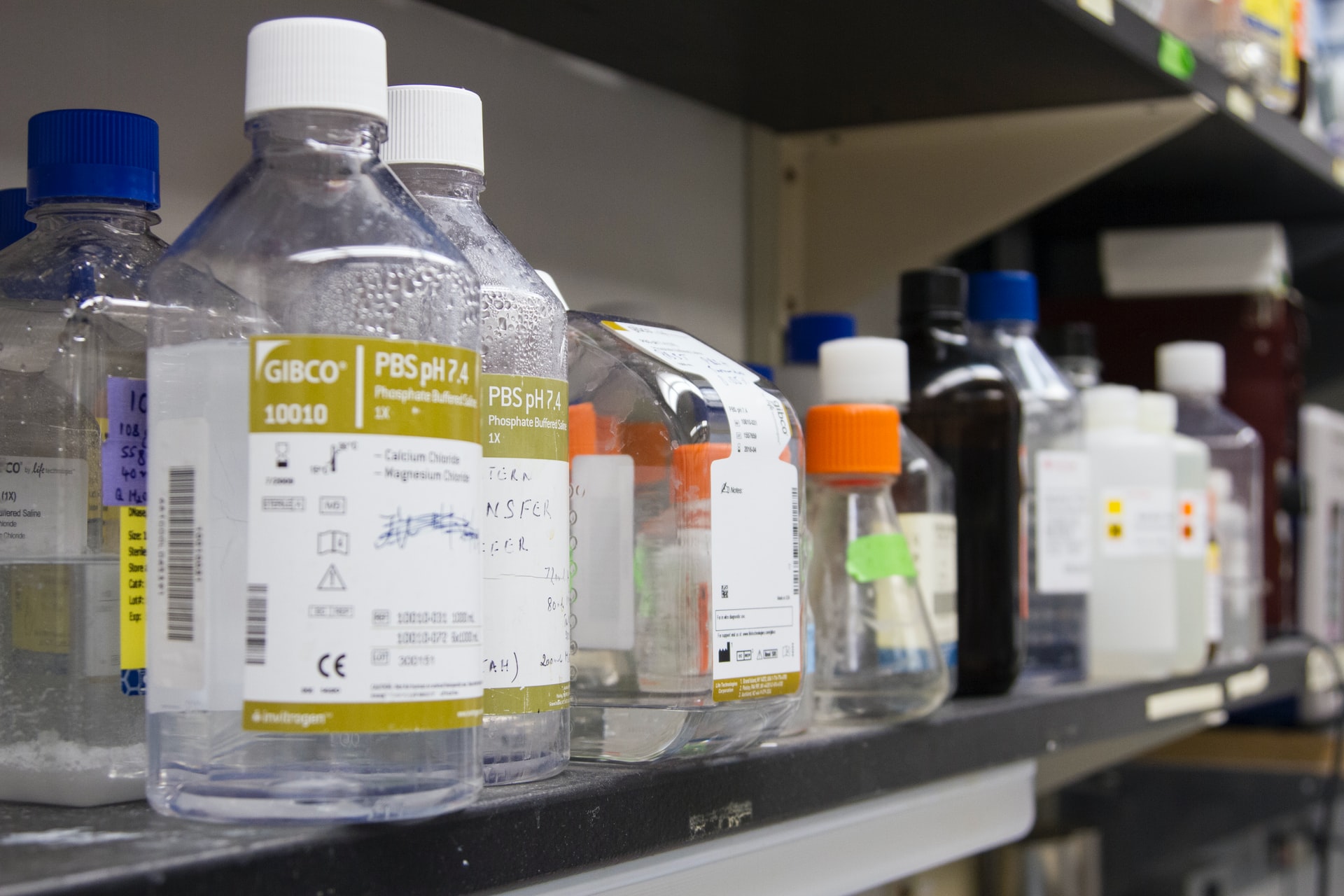This discussion of electrolysis assumes two silver electrodes are placed in deionized water a small distance apart to produce silver particles. The electrodes are connected to a low voltage DC power source (9-30 VDC). The electrode connected to the positive (+) terminal is referred to as the anode, the electrode connected to the negative (-) terminal is referred to as the cathode.
When an electric current passes through silver, some silver atoms at the interface with the water will lose an electron changing the atom into an ion. Whereas metallic silver is not water-soluble, silver ions are water-soluble, so the silver ions simply dissolve in the water producing an ionic silver solution. This is the electrolysis process.

With the electrolysis process, some of the ions in close proximity to the anode will take on an electron from the current passing through and be changed from an ion back into an atom. These atoms are attracted by other similar atoms by van der Waal’s force of attraction and thus form small metallic particles. This is how both ions and particles are produced by the electrolysis process.
Typically 90% of the silver leaving the anode stays in the ionic form while about 10% forms into particles. Furthermore, a silver ion is not a group of atoms but is a single silver atom that is missing a single electron. Silver ions remain dispersed in the solution from other silver ions due to their positive “ionic charge” which causes mutual repulsion.
The silver particles do not have a positive charge, their charge is negative and is not due to “ionic charge” as are the ions, but have a zeta potential which causes the particle to act as though it had a negative charge. For more information on this subject see the paper titled “Ions, Atoms, and Charged Particles”.
